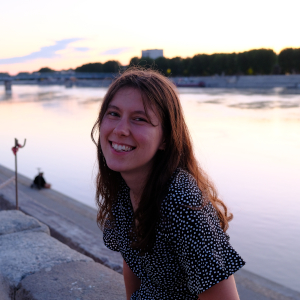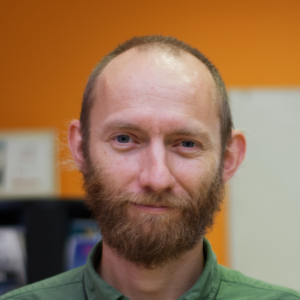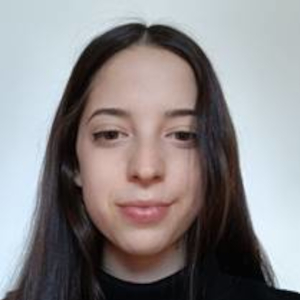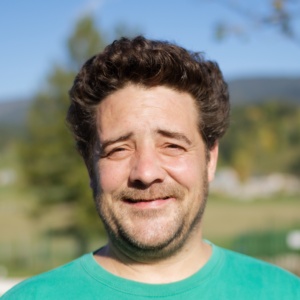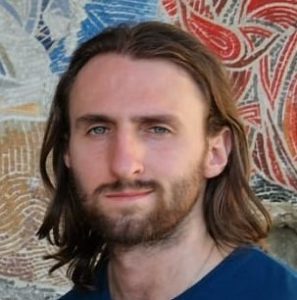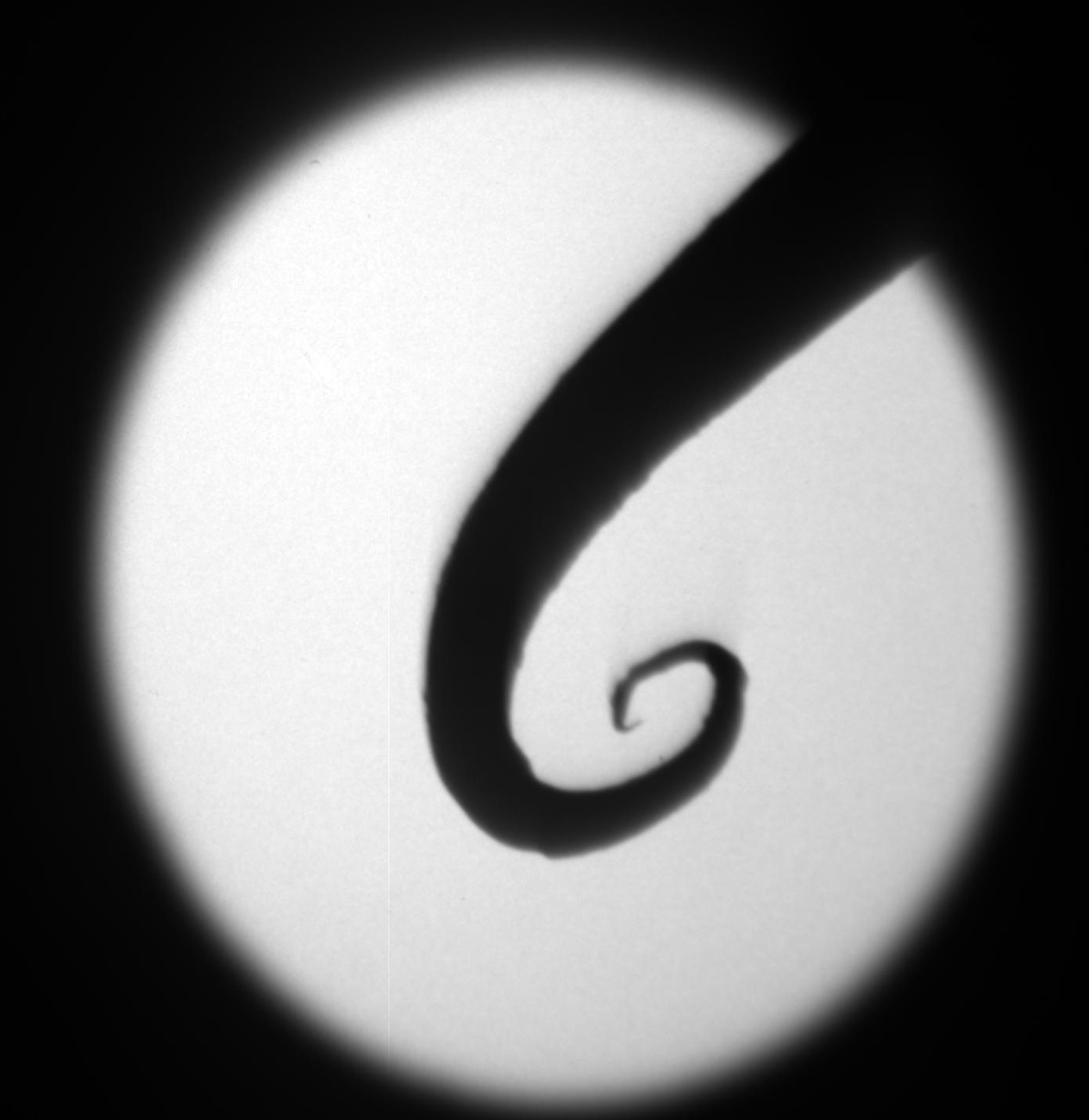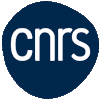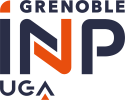Overview
We are interested in novel spin textures, especially those occurring in three-dimensional (3D) magnetic objects. Curvature, domain walls, 3D spin and space, topology are some of our daily words at work. We design and fabricate devices, image their spin textures and influence these with spin-polarized currents or externally applied magnetic fields. The applied background includes the proposed concept of 3D race-track memory. This research topic is driven in close collaboration with colleagues in the Theory group, PFNC at Minatec, Institut Néel, and expert chemist groups in Germany and Spain.
Research topics
Spin textures by models
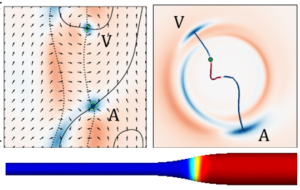
We investigate the existence, energetics and dynamics of 3D spin textures under magnetic field and spin-polarized current by using and developing our home-made feeLLGood micromagnetic code, combined with analytical modeling.
Spin textures by experiments
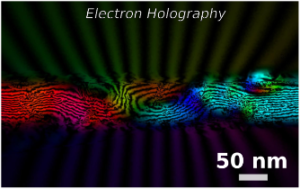
From nanowires to multilayered nanotubes, we observe samples compliant for spintronic devices. Probing the strength of a spin texture’s topological protection against transformation or annihilation is a major goal. We also contribute to the development of 3D MRAM (MRAM team).
Material research
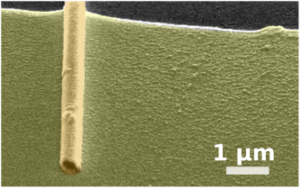
We design and synthesize samples to stabilize 3D spin textures using bottom-up chemical synthesis (anodization, electroplating, electroless deposition, atomic layer deposition). We further use lithography/FIB for electrical contacting and design specific sample supports for original in-situ experiments.
Magnetic imaging
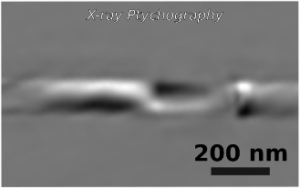
Magnetic imaging of 3D spin textures requires high spatial resolution (nanoscale) as well as bulk/surface and multi-component sensitivity. We are developing expertise in electron-, X-ray & near-field probes, both in the lab and at external facilities, including development of instruments and image data treatment.
The team
Former members
Post-docs
- Sylvain MARTIN (2016-2018)
- Dhananjay TIWARI (2018-2021)
- Jérôme HURST (2019-2021)
- Lalit KANDPAL (2021-2023)
PhD
- Nuno CACOILO (2020-2024).
- Mahdi JABER (2019-2023).
- Laura ALVARO-GOMEZ (2019-2023). Co-tutella with IMDEA Madrid
- Arnaud DE RIZ (2017-2021).
- Michael SCHÖBITZ (2017-2021). Joint with Institut NEEL.
- Michal STANO (2014-2017), Joint with Institut NEEL.
- Beatrix TRAPP (2015-2018). Joint with Institut NEEL.
- Alexis WARTELLE (2013-2017). Joint with Institut NEEL.
Internships
- Michal DYMACEK (2023)
- Natalia BOSCOLO (2022)
- Sara BONET-GOMEZ (2021)
- Ondrej NOVOTNY (2020)
- Zied BELKHIRI (2020)
- Hoel ROBERT (2018). Joint with INAC/MEM.
Projects
Partners
- Institut NEEL, Grenoble, France.
- PFNC @ Minatec, Grenoble, France.
- J. Bachmann. Department of Chemistry, FAU Erlangen-Nürnberg, Germany.
- W. Ensinger. Materialanalytik – TU Darmstadt, Germany.
- Microscopy group (I3EM), CEMES, Toulouse, France.
- L. Perez, IMDEA, Madrid, Spain.
- M. Vazquez, GNMP-CSIC, Madrid, Spain.
- M. Foerster, L. Aballe, ALBA synchrotron, Barcelona, Spain.
- S. Finizio, J. Raabe, SLS Synchrotron, Villigen, Switzerland.
- R. Belkhou, SOLEIL Synchrotron, Orsay, France.
- A. Lubk, D. Wolf, IFW, Dresden, Germany.
- J. M. de Teresa, INA, Zaragoza, Spain.
- A. Fernandez-Pacheco, The Cavendish Laboratory, Cambridge, UK.
- C. Phatak, Argonne National Lab., Chicago, USA.
Recent news
- One year post-doctoral fellowship on domain walls and spin waves in core-shell magnetic nanowires (August 05th, 2022)

Context. Spintronics has become a mature technology for applications, such as magnetic field sensing and solid-state memories. However, existing concepts are almost exclusively based on planar processes such as thin film deposition and patterning. Extending ... - PEPR SPIN – Priority Programs and Equipment for Exploratory Research (July 29th, 2022)

France is investing more than 38M€ in Spintronics thanks to the PEPR-SPIN exploratory program! SPIN is among the 13 new exploratory programs winners of the second wave of calls for projects Priority Programs and ... - Seminar – Entropic effects and solitons in thermally activated magnetic transitions (March 04th, 2022)

On Wednesday, March 9th at 11:00 Louise Desplat from Université de Liège will give us a seminar entitled: Entropic effects and solitons in thermally activated magnetic transitions Place : CEA Bat. 10.05 Room 445 (limited to persons ... - Masters thesis projects for Spring 2022 (September 17th, 2021)

You find here the list of proposals for Master-2 internships to take place at Spintec during Spring 2022. In most cases, these internships are intended to be suitable for a longer-term PhD work. Interested Master-1 ... - Time-resolved magnetic imaging of Œrsted-field effects in cylindrical nanowires (August 31st, 2021)

We have conducted time-resolved stroboscopic imaging of the magnetization dynamics in cylindrical nanowires subject to nanosecond pulses of electric current. These confirm the dramatic impact of the Œrsted field in the cylindrical geometry. Through a ...
Publications

